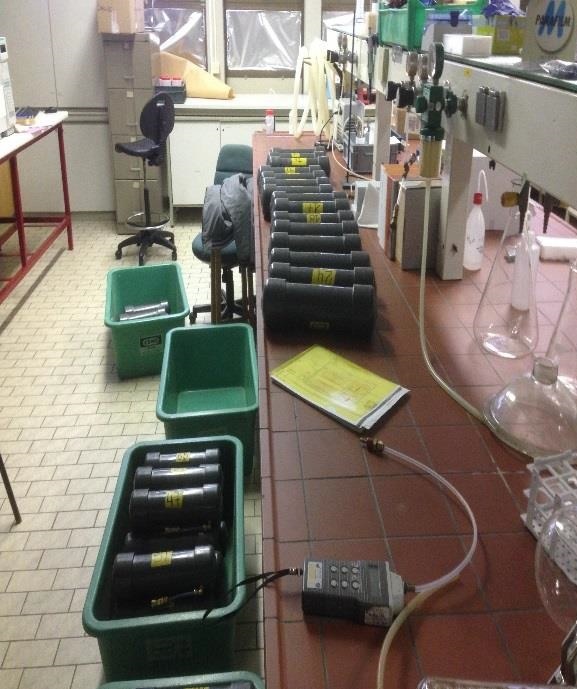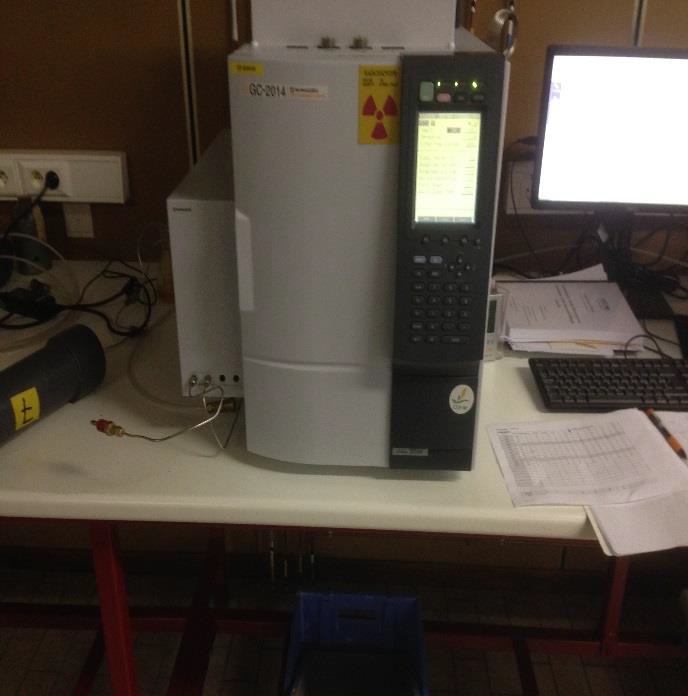 Large-scale methane measurements on individual ruminants for genetic evaluations
Large-scale methane measurements on individual ruminants for genetic evaluations
METHAGENE STSM Blog of Thomas Denninger at the CRA-W in Gembloux, Belgium
Hi, my name Thomas Denninger, I am a PhD student at the Agroscope Institute for Livestock Sciences and at the ETH Zurich in Switzerland. Currently, I am working with several methane measurement methods. During my first experiments we compared the results of the SF6 tracer technique with the GreenFeed data and the data obtained from the milk mid-infrared data in grazing dairy cattle. In my project we want to test rapid low-cost proxies or direct measurement methods for their accuracy and their calibration with in-depth measurements of enteric methane emission of low- and high emitting cows. The CRA-W (Centre Wallon de Recherches Agronomique) in Gembloux has some experiences especially in the application of the SF6 tracer technique, the milk mid-infrared spectra and the GreenFeed system. For that reason there was the idea to collaborate with the CRA-W.I am grateful to get possibility to analyse the gas samples collected by the SF6 tracer technique and to exchange our experiences with regard to several methane measurement methods. I visited Amélie Vanlierde at the CRACRA-W for one week in October. During the STSM we were focused on the SF6 tracer technique.
During the first days we analysed the collected gas samples from the canisters which were used during the experiment in Switzerland by means of a GC. The GC at the CRA-W is fitted with a Swagelok connection so you can connect the canisters directly. Furthermore the GC is equipped with an electron capture detector and with a flame ionization detector to determine the concentrations of SF6 and CH4, respectively. After the analysis we were able to calculate the individual methane emission in g per day for each cow. We hope to find a relationship between these data and the data obtained from the GreenFeed system. All data were explainable and in the range of values which were found in the literature.


I hope that the data will contribute to the objectives of the MethaGene Cost Action. These data will include in the equation to predict methane emission from milk mid-infrared spectra. Finally, I am really thankful for the good collaboration between our institutes. I am glad to say that the STSM was very successful with regard to the obtained data which will be used for future publications. Thanks to the MethaGene COST Action that made the STSM possible.


